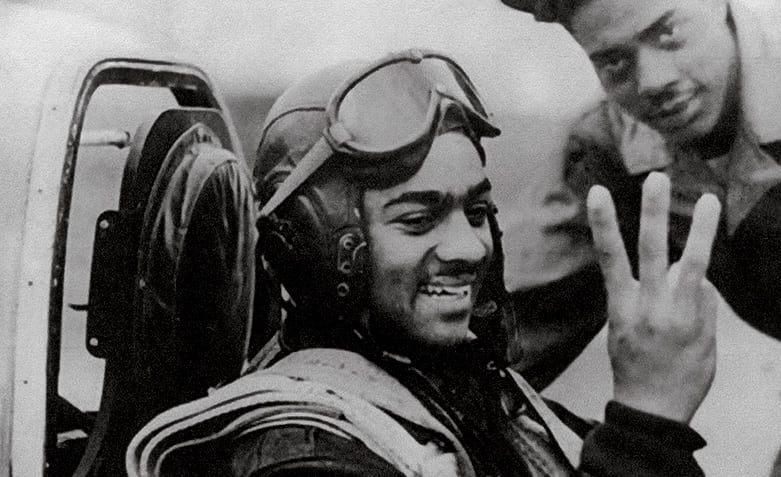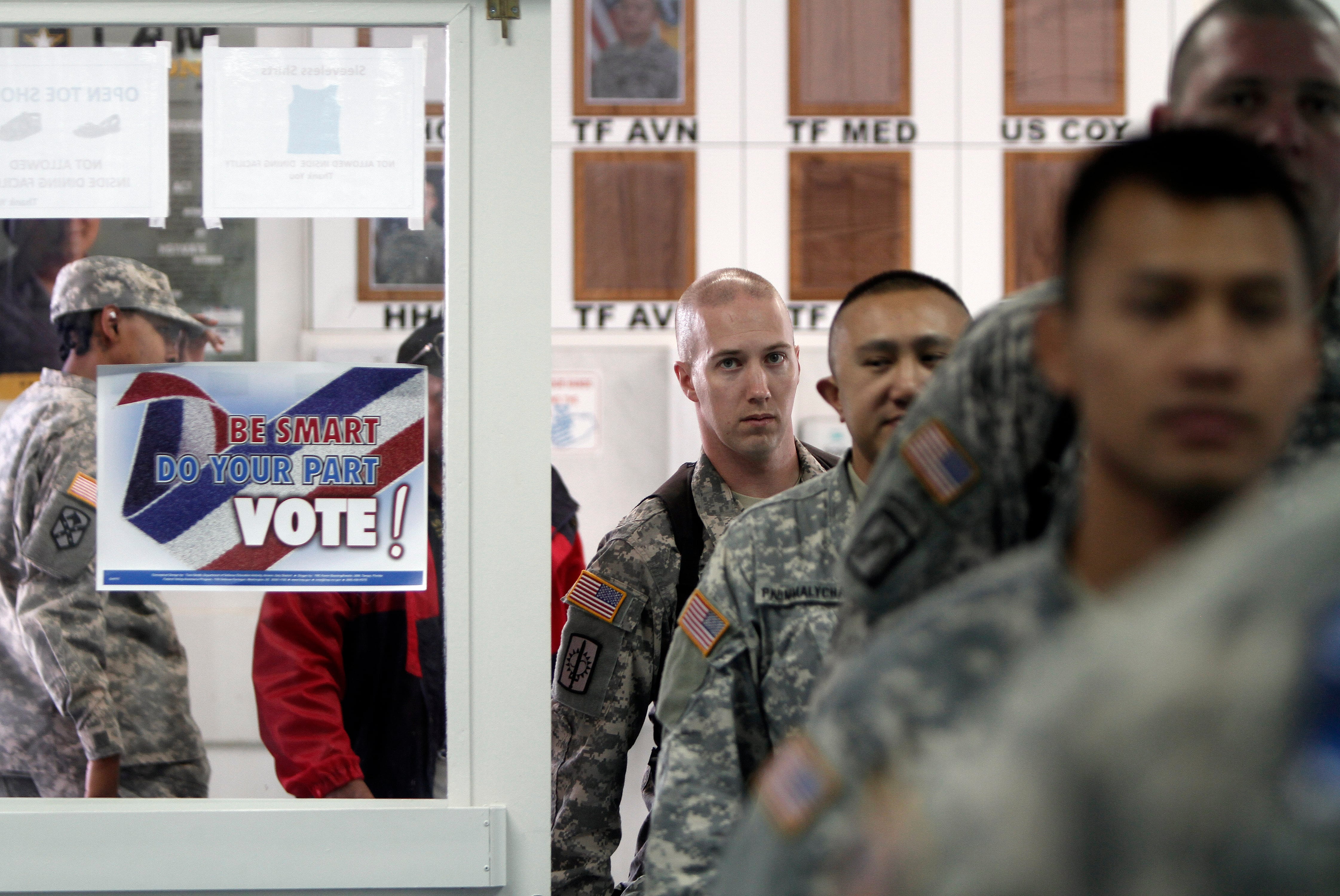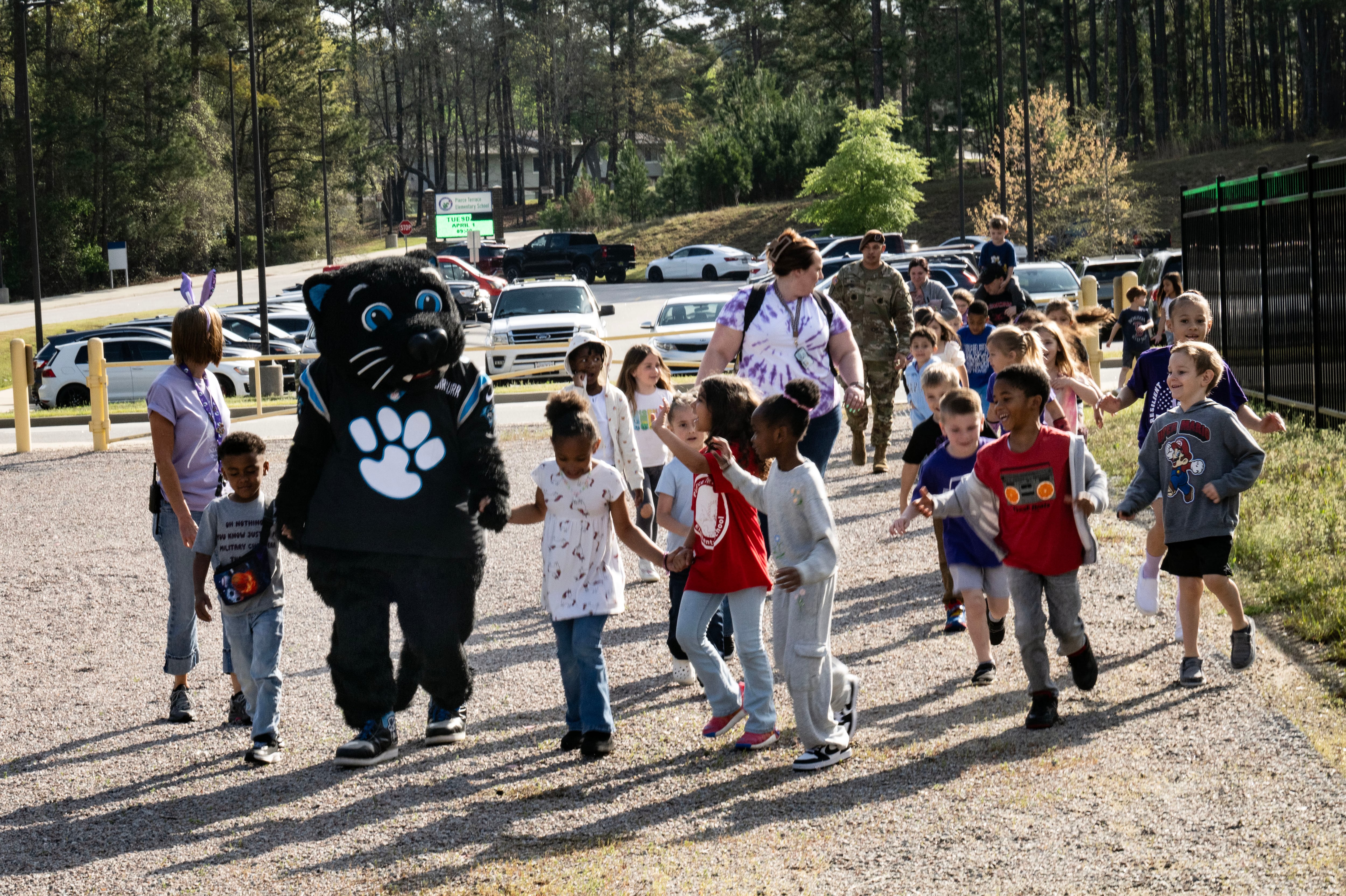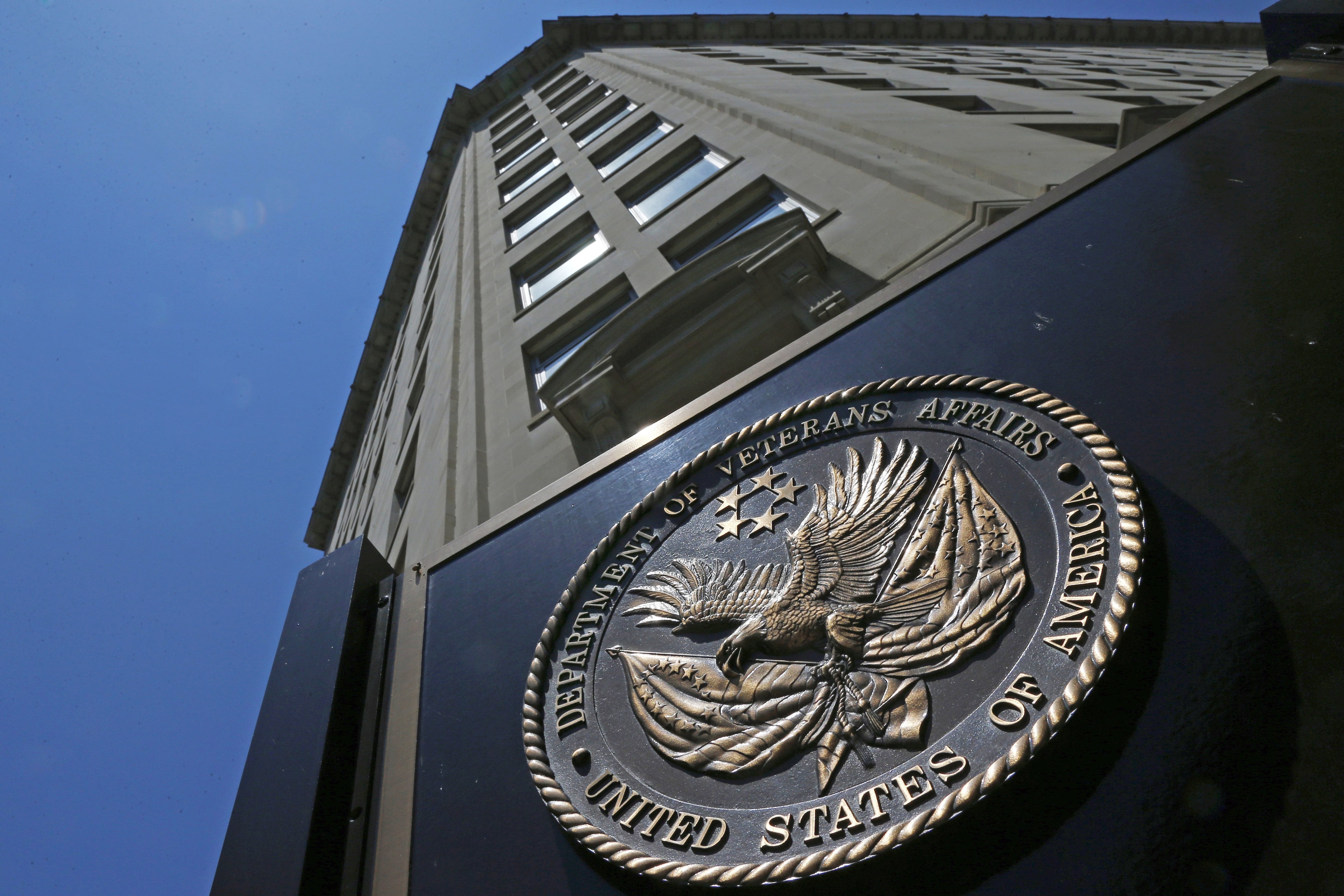First organized as a “racial experiment,” a contingent of Black Americans began training to be aviators at Tuskegee, Alabama, during World War II. They would prove their worth — and then some — over the skies of North Africa and central Europe as escort fighter pilots in the Fifteenth Air Force.
Among their many vaunted exploits, Joseph D. Elsberry, Clarence D. Lester, Lee A. Archer Jr. and Harry Stewart stood out for bringing down three German aircraft in a single mission. Of those, Stewart went on to take part in the United States Air Force’s first “Top Gun” competition — and won.
Harry Thaddeus Stewart Jr. was born on the July 4, 1924, in Newport News, Virginia. His family moved to Queens, New York, when he was two. There, watching aircraft taking off and landing at North Beach Airport — later LaGuardia — he acquired a desire to enter aviation. When the United States entered World War II and the opportunity arose to train at Tuskegee, Stewart enlisted at 18.
After qualifying as a flier and earning a second lieutenant’s commission June 27, 1944, he was assigned to the 302nd Squadron of the 332nd Fighter Group at Ramitelli, Italy. Due to personnel problems maintaining a four-squadron group, the 302nd was deactivated on March 6, 1945, and its pilots distributed among the other three squadrons of the 332nd: the 99th, 100th and in Stewart’s case, the 301st Fighter Squadron.
RELATED

By April 1945 Nazi Germany faced inevitable defeat, but in spite of shortages in aircraft, fuel and experienced pilots the Luftwaffe was scraping together massed formations against the Allies every few days.
One such occasion was April 1, when 45 red-tailed North American P-51 Mustangs of the 332nd rendezvoused with Consolidated B-24s of the 47th Bombardment Wing (Heavy) for a strike on the marshalling yards at St. Pölten.
Leading the escort were eight P-51s of the 301st under 1st Lt. Richard S. Harder, which did a sweep from Wels to Linz, where they encountered four Focke-Wulf Fw 190As near Wels airfield.
They were bait for a trap, of course, followed by 10 more Fws and Messerschmitt Me 109Gs, but the Tuskegee pilots were ready for the ensuing melee of head-on passes, Lufbery circles and deflection shots.
Second Lt. Charles L. White claimed two Me 109s, while single kills were awarded to 2nd Lts. Carl E. Carey, John E. Edwards, Walter P. Manning, Harold M. Morris and James H. Fischer.
The star performance on this occasion, however, was a triple by 1st Lt. Stewart, although only two of the Fw 190s he claimed as shot down. In regard to the third, he explained later, “I sneaked up on the two guys and I hit them both. It was just at that time I looked round and my God, there was this 190 on my tail.”

Stewart dived, vainly trying every maneuver in the book against the persistent German. Near the ground, he made a tight turn and pulled out. The Fw did not and was seen spiraling into the ground. The crash counted as Stewart’s third victory in one mission, for which he was awarded the Distinguished Flying Cross.
Despite the aerial victories, the 332nd did not emerge from the fight without loss. After downing his opponent, Fischer’s Mustang was brought down by ground fire and he bailed out over Yugoslavia — fortunately landing among pro-Allied partisans. Flight Officer William Armstrong was shot down and killed.
Most traumatic in Stewart’s memory, however, was that of 2nd Lt. Manning, who, after scoring his sole victory, was brought down and taken prisoner, only to be dragged out of jail by Werewolves, a paramilitary unit of German and Austrian Nazis incited by local Sturtzstaffel, and lynched from a lamppost.
In 2017 Stewart revisited Linz-Hörsching to accept an apology from the populace for the murder of his friend and the dedication of a monument in Manning’s honor.
In May 1949, Stewart was among a handful of remaining personnel in the 332nd Fighter Group who participated in the newly reorganized U.S. Air Force’s first “Top Gun Competition,” alongside Captain Alvan Temple and 1st Lt. Halber Alexander. Now flying the Republic F-47N, their displays of aerial proficiency, marksmanship and bombing accuracy won them the silver trophy, which the Air Force packed away until 1995.
Stewart left the regular USAF in 1951 but continued on in the Reserves before retiring as a lieutenant colonel.
As one of the Tuskegee Airmen, Stewart was awarded the Congressional Gold Medal in 2006. His wife, Delphine Alice Friend, died in 2015 and James lived his last years with his daughter, Lori Collette Stewart.
In 2019 he and Philip Handleman co-authored a memoir, “Soaring to Glory: A Tuskegee Airman’s Firsthand Account of World War II.”
Stewart died in Bloomfield Hill, Michigan, on February 2, 2025. He was 100.




